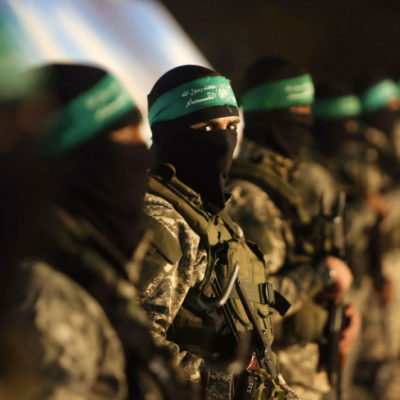By: Professor. Satoshi Ikeuchi
Professor, Global Security and Religion, University of Tokyo
Prime Minister Abe plans to visit Iran, maybe anywhere from 12-14 of June. We should not raise expectations too high. This visit can be accredited as successful only by temporarily relaxing tensions between the United States and Iran and by reducing the risk of unexpected and unwanted conflicts.
A single visit of mediation can’t achieve peace between long-standing foes. We do not expect Abe to win the Nobel Peace Prize.
In his planned visit to Iran, Prime Minister Abe must talk directly with Islamic Republic’s Supreme Leader Sayyed Ali Khamenei.
Khamenei does not go abroad often and not many leaders of the world leading countries visit Iran, except outcast leaders like Assad of Syria or Maduro of Venezuela. Because of this secluded nature of the Supreme Leader, the center of power of the Islamic Republic is closed to the outside world. Only to fill this gap of communication can be a minor but important step.
However, just meeting the Supreme Leader of Iran and convey the message from the President Trump is not enough as a result of the Japanese Prime Minister’s long trip to I ran. What do we want Abe to bring back from Tehran? Not pistachios.
In his visit, I surmise Abe tries to get Iranian acceptance of as many demands as possible from the Trump Administration’s demand to Iran.
What is Mr. Trump’s demand for Iran?
The clue is in the 12 points demands declared by Mr. Pompeo, US Secretary of State, in his speech entitled “After the Deal: A New Iran Strategy” that was delivered in May 21 at the Heritage Foundation in Washington DC.
Mr. Pompeo listed a wide-ranging demands to the Iranian regime. It started with a full declaration of prior military dimensions of its nuclear program to the International Atomic Energy Agency (IAEA), immediate stop of enrichment and perpetual ban on plutonium reprocessing and closing of heavy water reactor. Giving IAEA with unqualified access to all sites through the entire country was also demanded.
These three demands related to the nuclear development, how harsh as they are, can be accepted by Iran through negotiations, if enough incentives are given and trusts are built. Release of US and US allies’ citizens detained in Iran can be a useful bargaining chip.
The demand to halt the testing of missile systems can be problematic, because Iran feels threatened from the advanced weapons deployed across the Gulf and develop their missiles to counter it. So, there must be an effort to de-escalate and calm down the fear of both sides of the Gulf.
The most difficult points were those demands of total and comprehensive stop by Iran of its support of proxies. It also dictated Iran to shut its threatening mouths and refrain from any threatening behavior against Iran’s neighbors, Saudi Arabia and United Arab Emirates and Israel.
These are reasonable requests for neighbors, but for the Iranian regime, to accept all of them at once means abandoning the legitimacy of the Islamic Republic’s regime.
In July 20, 1988, Ayatollah Khomeini announced to accept the cease-fire of Iran-Iraq war demanded by United Nations Security Council Resolution 598. In his statement, he famously described his decision as ”more deadly than taking poison”. He said he “submitted myself to God’s will and drank this drink for his satisfaction.”
We are not sure this time whether Sayyed Khamenei is going to take another bitter “poison” to save the regime. But we are certain, it’s not this time, during Abe’s trip.




